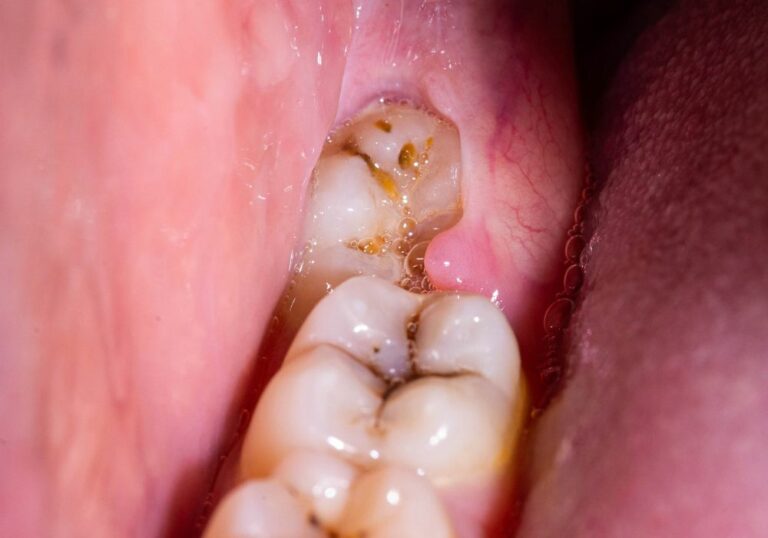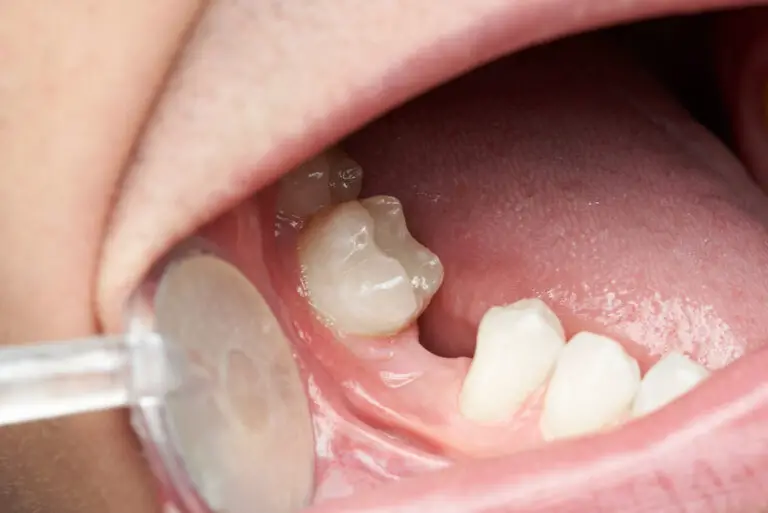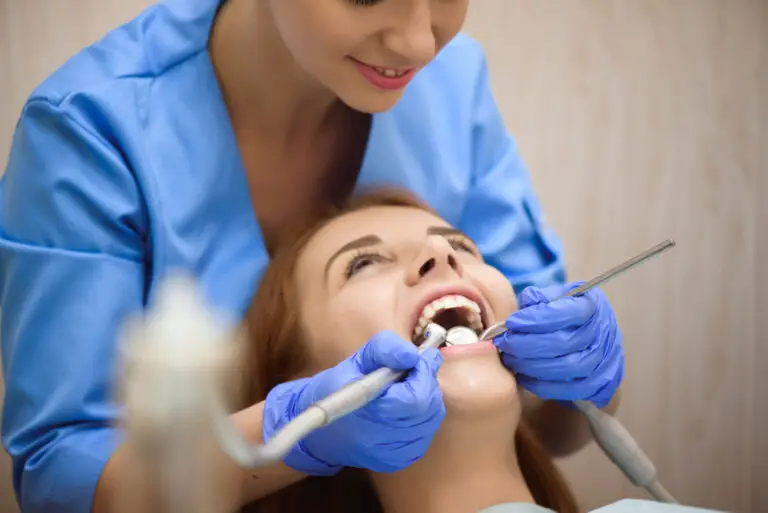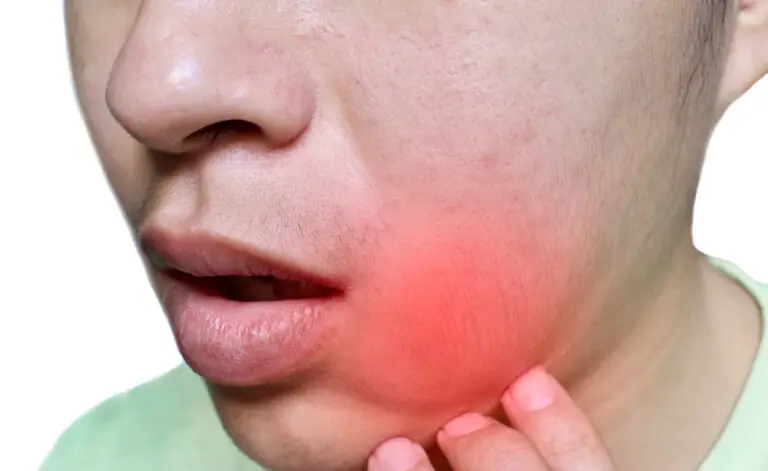Usually, through correct dental hygiene practices and regular trips to see a dentist for check-ups, we can avoid the need for urgent dental attention – but unfortunately, sometimes things happen that mean we need to see a dentist as quickly as possible.
But which kinds of situations need immediate attention and which can wait a few days or until the dentist opens for regular business hours? To answer queries like these and more, here, we look at the question, what is a dental emergency?
If you want a quick preview of some of the things we’re going to be talking about, you can also check out this video before reading on.
What is a Dental Emergency? The short answer
If you are reading this because you a currently facing a situation that might be considered a dental emergency and want to know what to do, you won’t be interested in lots of detailed discussion, so let’s start with a short answer.
A dental emergency is a condition that requires immediate attention by a dentist at the earliest opportunity, and if it happens outside of normal office hours, usually one that can’t wait until the dentist’s office opens the next day or after the weekend.
Most of the time this will involve severe pain that can’t be managed by over-the-counter medication, bleeding that can’t be stopped or orofacial trauma (including broken teeth, broken facial bones or serious cuts or lacerations to the mouth or face area).
We will look at common examples of conditions that may be considered dental emergencies later in the post – and we’ll also explain what you should do if you or anyone else is suffering from one of these conditions.
However, the basic procedure should be to stabilize the condition as much as possible and to contact a dental professional as quickly as possible for further advice.
Dental emergencies vs medical emergencies
When talking about dental emergencies, it’s also important to distinguish them from “medical emergencies” since your response in a medical emergency should be different.
While a dental emergency is a dental condition that requires immediate attention, a medical emergency is even more serious, and not seeking immediate attention could lead to the loss of “life or limb”.
As a result, most dental emergencies aren’t considered medical emergencies since they are unlikely to result in the loss of life.
However, if the condition is so severe that somebody is at risk of dying (perhaps through heavy blood loss, for example), they should be taken to the nearest emergency room for urgent treatment rather than trying to contact a dentist for advice.
We’ll also talk more about this later in the post.
Different types of dental emergency
Here are some examples of conditions that can be considered dental emergencies and what you should do to deal with them. However, this list is not exhaustive, and if you are facing a situation of a similar level of seriousness, you should also contact a dentist as soon as possible.
1. Severe toothache
If you are suffering from a toothache, first, try to manage the pain with over-the-counter painkillers such as ibuprofen.
Rinse your mouth with a warm saline solution (a cup of warm water with a spoonful of salt dissolved in it) and gently try to remove any food that’s stuck between your teeth using dental floss.
To treat any swelling, apply a cold compress to your cheek.
If the pain is still unbearable, contact your dentist for an emergency appointment – and even if the pain subsides, book an appointment to see your dentist at the earliest possible opportunity.
2. Badly cracked or chipped tooth
If one of your teeth is badly cracked or a significant part of it has come off, rinse your mouth with a warm saline solution (as explained above). If there’s bleeding, try to stem it with gauze.
If you can, rinse any pieces of tooth and keep them to take to the dentist. Use a cold compress to reduce any pain and swelling and call a dentist to make an appointment as soon as possible.
3. Knocked-out or extruded (partially dislodged) tooth
A tooth that’s been knocked out can sometimes be saved if you get to a dentist quickly – preferably within one hour.
This means you should save the tooth and rinse the root under water while holding the crown. Don’t scrub it or wash off any pieces of tissue that are still attached.
If you can, try to place the tooth back into the socket – although make sure you don’t force it. If this doesn’t work, place the tooth in a cup of milk or a slightly saline solution (a cup of water with a pinch of salt) if milk is not available.
Contact your dentist and try to see them as quickly as possible.
If your tooth is partially dislodged, it can also be saved, so you should see your dentist as soon as possible. Use a cold compress to control swelling and treat the pain with over-the-counter pain relief.
4. Dental abscess
A dental abscess is a bacterial infection of the tooth or gums that becomes filled with pus and requires immediate attention. Abscesses won’t heal by themselves, and if left untreated, can lead to more serious complications – as well as some significant pain.
If you experience swelling and pain in your mouth, contact your dentist as quickly as possible for an appointment at the earliest possible opportunity. Treat pain and swelling with over-the-counter painkillers.
If the abscess bursts in your mouth, wash your mouth several times with a saline solution. If the abscess hasn’t burst, washing with a saline solution may cause the abscess to burst, which may relieve the pain.
5. Severe soft tissue injury to the lips, face or gums
If you have received a serious injury such as a cut to your gums, lips or face, the first thing to do is to try to stem the bleeding. You can do this by applying gauze. A moist tea bag may also work since the tannins in tea can slow the bleeding.
Once you have controlled the bleeding, call the dentist for an emergency appointment.
If the bleeding is especially heavy and you can’t get it to stop, head straight to the nearest emergency room for urgent attention.
6. Lost or broken restoration such as a crown or filling
If a filling falls out, fill it with some over-the-counter dental cement – or failing that, with a piece of sugarless gum.
If a bridge or crown becomes dislodged, try to fit it back in place using dental cement.
In both cases, you should then book an appointment with your dentist at the earliest possible opportunity.
What should you do in a dental emergency?
If you or someone else experiences any of the conditions we’ve just described – or anything you consider of a similar level of seriousness – the first thing to do is to call your dentist for help and advice.
If it’s out of hours, your dentist may have an emergency number, in which case, you should call that.
This way, you will be able to get the best advice for what to do in the situation you are facing, and you will be able to see a dentist as quickly as possible.
If you can’t find a number for a dentist that’s open or taking calls, you should go to your nearest emergency room for attention.
They won’t be able to treat the condition, but they will be able to stabilize you and give you advice on what to do until you can see a dentist for the necessary treatment.
Examples of situations that aren’t considered emergencies
Although the situations we’ve described above qualify as dental emergencies, some less serious conditions don’t require such urgent attention. Here are some examples.
- Bearable toothache
If you experience toothache that is not unbearable, contact your dentist for an appointment – but you don’t need emergency assistance.
- Minor cracked or chipped tooth
With a minor crack or chip, you don’t need to seek emergency assistance, so you can book an appointment with your dentist at your convenience.
- Minor soft tissue injuries like a split lip
A minor injury such as a split lip that isn’t bleeding too much doesn’t usually need emergency treatment.
- Food or other object stuck in your teeth
If a piece of food or other object gets stuck in your teeth, try to remove it by flossing or brushing or by gently using a toothpick – but never use sharp or hard objects to dislodge it.
If you still can’t get it out, book an appointment with your dentist – but emergency care is not required.
What kind of dental emergencies are also medical emergencies?
If you are experiencing a true medical emergency that potentially threatens your or somebody else’s life, you should head straight to your nearest emergency room for urgent attention.
Examples of this include:
- Facial swelling that affects your vision or breathing, that affects your ability to swallow or that prevents you from opening your mouth more than two fingers wide
- Trauma causing loss of consciousness, double vision or vomiting
- Heavy, uncontrollable bleeding from your gums, lips or face
Evaluate the situation and take the necessary steps
As we’ve seen, certain situations can arise that require an urgent intervention from a dentist, and in this post, we’ve outlined some of the most common and given details of what you should do if you ever experience them.
However, some situations are less acute, and you can afford to wait a few days before seeing your dentist. On the other hand, some situations may be medical emergencies rather than just dental ones, in which case you should get to the nearest emergency room as soon as possible.







